行业资讯
水稳料能否替代混凝土的探讨?
来源:http://www.ycgjglcl.com/ 日期:2025-05-14
在道路与建筑工程领域,水稳料和混凝土都是常用的建筑材料。水稳料,即水泥稳定碎石,是由水泥、碎石、砂等材料按一定比例混合而成的半刚性基层材料;混凝土则是以水泥为胶凝材料,辅以砂石骨料、水和外加剂等,经搅拌、成型、养护后形成的人造石材。由于两者都以水泥为重要组成部分,不少人会产生疑问:水稳料能替代混凝土吗?答案并非简单的 “能” 或 “不能”,需要从多方面进行综合考量。
Water stable materials and concrete are commonly used building materials in the fields of road and construction engineering. Water stabilized material, also known as cement stabilized crushed stone, is a semi-rigid base material made by mixing cement, crushed stone, sand and other materials in a certain proportion; Concrete is an artificial stone material formed by mixing, shaping, and curing cement as a binding material, supplemented with sand and gravel aggregates, water, and additives. Due to both using cement as an important component, many people may wonder: can water stabilized materials replace concrete? The answer is not simply 'yes' or' no ', it requires comprehensive consideration from multiple aspects.
一、材料性能对比
1、 Comparison of material properties
(一)强度特性
(1) Strength characteristics
混凝土的强度形成主要依靠水泥水化产生的胶凝物质将骨料牢固粘结,经过合理配比和养护,其抗压强度可达 10 - 100MPa,能承受较大的荷载,在建筑结构、桥梁、路面面层等需要高承载能力的部位广泛应用。水稳料虽然也通过水泥水化作用实现凝结硬化,但它主要作为道路基层材料,其强度以满足基层承载和扩散应力需求为目标,抗压强度一般在 3 - 5MPa,远低于混凝土,难以承受像混凝土结构那样大的荷载。
The strength formation of concrete mainly relies on the cementitious material generated by cement hydration to firmly bond the aggregates. After reasonable proportioning and curing, its compressive strength can reach 10-100MPa, which can withstand large loads. It is widely used in building structures, bridges, road surface layers and other parts that require high bearing capacity. Although water stable materials also achieve setting and hardening through cement hydration, they are mainly used as road base materials. Their strength is aimed at meeting the requirements of base bearing and diffusion stress, and their compressive strength is generally between 3-5 MPa, much lower than concrete, making it difficult to withstand large loads like concrete structures.
(二)耐久性
(2) Durability
混凝土通过优化配合比、添加外加剂等方式,可以具备良好的抗渗性、抗冻性和抗侵蚀性,在恶劣环境下能长期保持结构稳定,适用于水工结构、海港工程等对耐久性要求高的项目。水稳料主要用于道路基层,对耐久性的要求侧重于抵抗车辆荷载疲劳和环境温湿度变化引起的收缩开裂,虽然具备一定的抗水冲刷和抗冻融能力,但相比混凝土,其耐久性的综合性能较弱,难以满足长期暴露在复杂环境、承受反复荷载且需维持高强度的工程需求。
Concrete can have good impermeability, frost resistance, and erosion resistance by optimizing mix proportions and adding admixtures. It can maintain structural stability for a long time in harsh environments and is suitable for projects with high durability requirements such as hydraulic structures and harbor engineering. Water stable materials are mainly used for road subgrade, with durability requirements focused on resisting vehicle load fatigue and shrinkage cracking caused by changes in environmental temperature and humidity. Although they have certain resistance to water erosion and freeze-thaw, their comprehensive durability performance is weaker compared to concrete, making it difficult to meet the engineering needs of long-term exposure to complex environments, repeated loads, and maintaining high strength.
(三)变形性能
(3) Deformation performance
混凝土在硬化过程中会产生一定的收缩,但通过控制配合比和施工工艺,收缩量可以得到有效控制。同时,混凝土的弹性模量较高,受力时变形较小,能够保证结构的稳定性。水稳料在干燥或温度变化时会产生较大的干缩和温缩变形,这种变形容易导致基层开裂,影响道路使用性能。若将其用于替代混凝土,在需要保持结构尺寸稳定、对变形敏感的工程中,会因变形过大而引发结构破坏 。
Concrete will undergo certain shrinkage during the hardening process, but the amount of shrinkage can be effectively controlled by controlling the mix proportion and construction process. Meanwhile, the elastic modulus of concrete is relatively high, resulting in minimal deformation under stress and ensuring the stability of the structure. Water stable materials will undergo significant shrinkage and thermal deformation during drying or temperature changes, which can easily lead to cracking of the base layer and affect road performance. If it is used as a substitute for concrete, it may cause structural damage due to excessive deformation in projects that require stable structural dimensions and are sensitive to deformation.
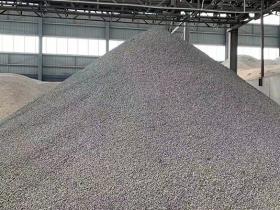
二、适用场景差异
2、 Differences in applicable scenarios
(一)混凝土的应用场景
(1) Application scenarios of concrete
在建筑工程中,混凝土是构建建筑物主体结构的关键材料,如房屋的梁、板、柱,桥梁的墩台、梁体等,承担着主要的结构受力功能;在道路工程里,混凝土常用于路面面层,提供平整、耐磨、抗滑的行车表面;在水利工程中,混凝土用于建造水坝、渠道、水池等,抵御水流冲刷和侵蚀。
In construction engineering, concrete is a key material for constructing the main structure of buildings, such as beams, slabs, columns of buildings, piers and abutments of bridges, and beam bodies, which bear the main structural stress functions; In road engineering, concrete is commonly used as the surface layer to provide a smooth, wear-resistant, and anti-skid driving surface; In hydraulic engineering, concrete is used to construct dams, channels, pools, etc., to resist water flow erosion and erosion.
(二)水稳料的应用场景
(2) Application scenarios of water stable materials
水稳料凭借良好的整体性、板体性和一定的承载能力,广泛应用于道路工程的基层和底基层。它能有效扩散路面传来的车辆荷载,将其传递到路基,保证道路结构的稳定。在一般公路、城市道路以及机场跑道的基层施工中,水稳料是常用的材料选择,但极少直接用于路面面层和建筑结构。
Water stable materials are widely used in the base and subgrade of road engineering due to their good integrity, board properties, and certain bearing capacity. It can effectively diffuse the vehicle load transmitted from the road surface, transfer it to the roadbed, and ensure the stability of the road structure. Water stable materials are commonly used in the grassroots construction of general highways, urban roads, and airport runways, but they are rarely directly used for road surface layers and building structures.
三、替代的可行性分析
3、 Feasibility analysis of alternatives
在某些特定条件下,水稳料可以在一定程度上替代混凝土。例如,在一些对承载要求不高的临时性工程或简易工程中,如临时施工道路、小型堆场地面等,使用水稳料铺设能满足短期使用需求,且成本相对较低。另外,在道路基层维修工程中,如果仅需对基层进行局部加固,水稳料可以作为经济实用的材料进行替换。
Under certain specific conditions, water stable materials can to some extent replace concrete. For example, in some temporary or simple projects that do not require high load-bearing capacity, such as temporary construction roads, small yard floors, etc., using water stable materials for laying can meet short-term usage needs and have relatively low costs. In addition, in road base maintenance projects, if only local reinforcement of the base is required, water stable materials can be used as economically practical materials for replacement.
然而,在大多数正式的建筑和道路工程中,水稳料无法替代混凝土。对于承受较大荷载、需要高耐久性和低变形的结构,如高层建筑、大型桥梁、高速公路路面等,混凝土的高强度和优异性能是保障工程安全和使用寿命的关键,水稳料难以满足这些要求。同时,在外观和装饰性要求较高的部位,混凝土可以通过调整配合比、添加颜料等方式制成彩色混凝土、清水混凝土,满足美观需求,这也是水稳料无法实现的。
However, in most formal construction and road projects, water stable materials cannot replace concrete. For structures that bear large loads, require high durability and low deformation, such as high-rise buildings, large bridges, highway pavements, etc., the high strength and excellent performance of concrete are key to ensuring engineering safety and service life. Water stable materials are difficult to meet these requirements. At the same time, in areas with high requirements for appearance and decoration, concrete can be made into colored concrete or plain concrete by adjusting the mix proportion, adding pigments, etc., to meet aesthetic needs, which is also something that water stable materials cannot achieve.
综上所述,水稳料不能完全替代混凝土,它们在建筑和道路工程中各自有着明确的应用定位和适用范围。在工程实践中,应根据具体的工程需求、荷载条件、环境因素和经济成本等综合考虑,合理选择使用水稳料和混凝土,以确保工程的质量和性能。
In summary, water stable materials cannot completely replace concrete, and they each have clear application positioning and scope of application in construction and road engineering. In engineering practice, the use of water stable materials and concrete should be reasonably selected based on specific engineering requirements, load conditions, environmental factors, and economic costs to ensure the quality and performance of the project.
This article is a friendly contribution from Jinan Water Stable Mixing Plant For more information, please click: http://www.ycgjglcl.com Sincere attitude To provide you with comprehensive services We will gradually contribute more relevant knowledge to everyone Coming soon.


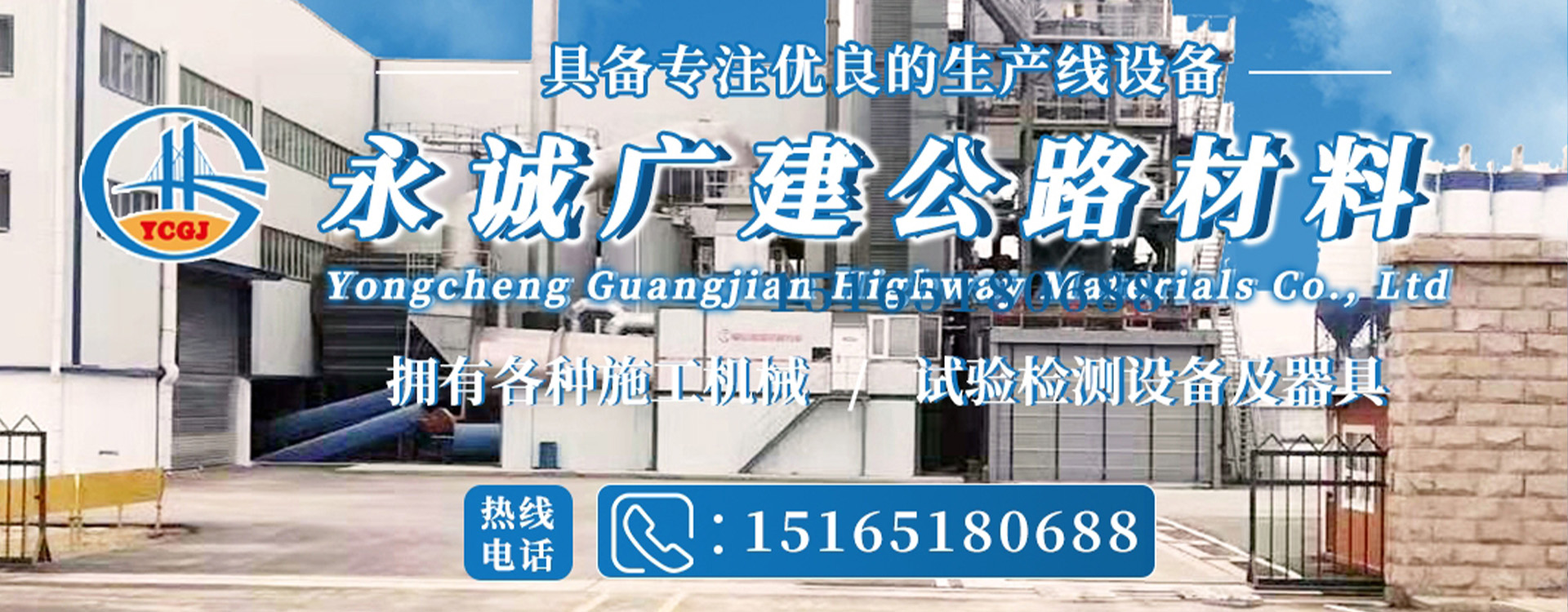
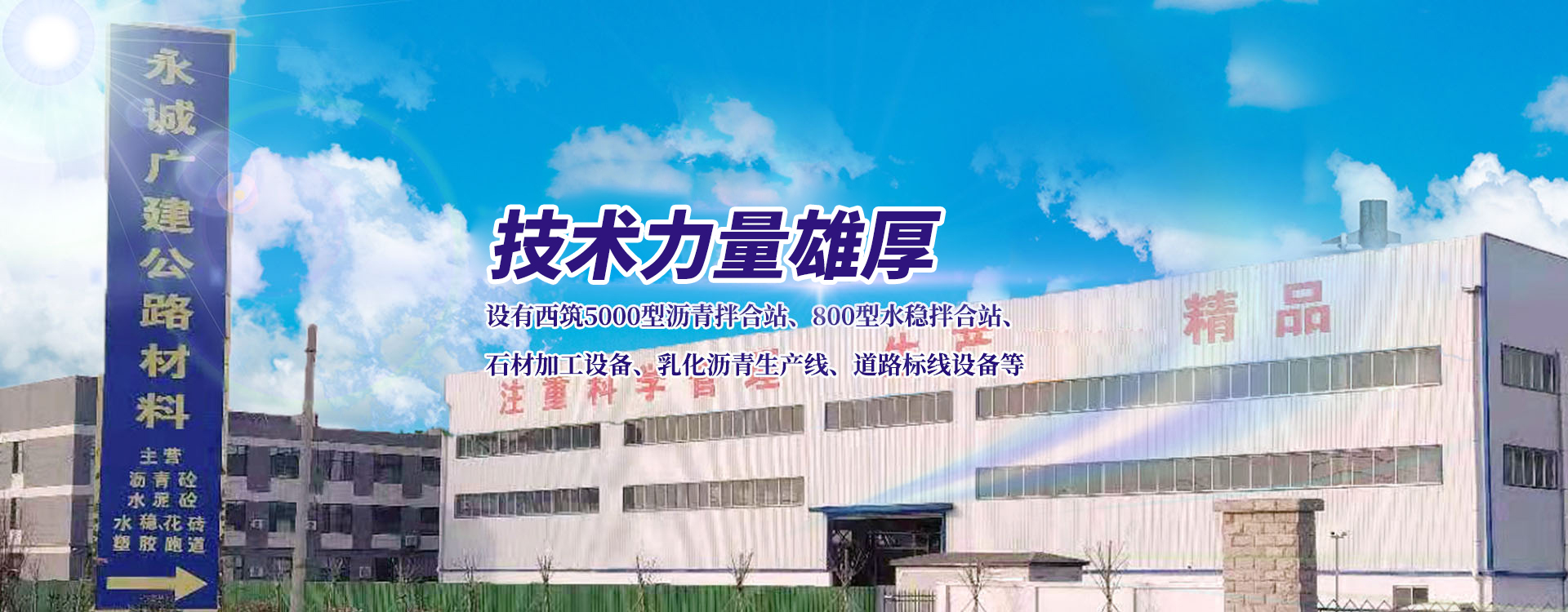
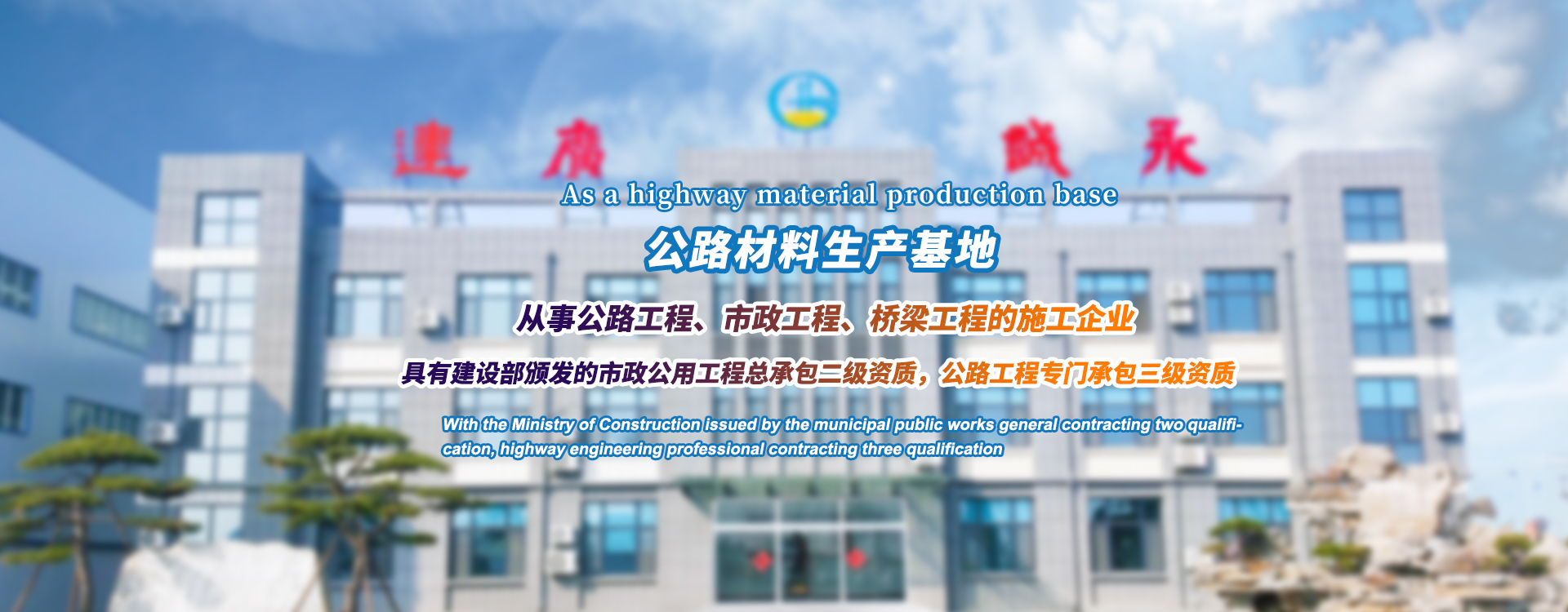
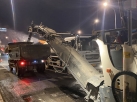





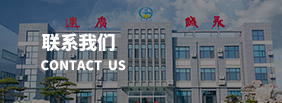
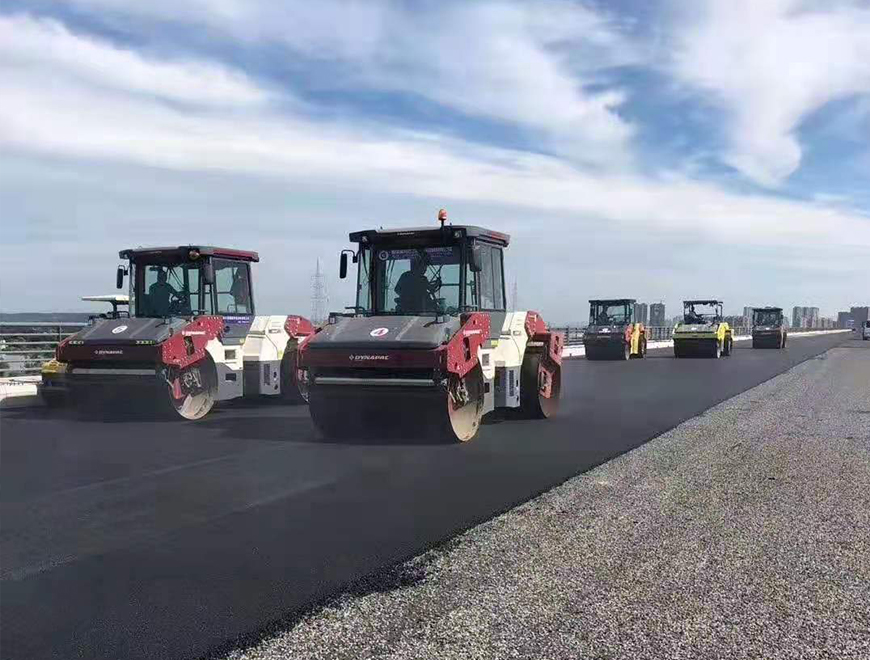
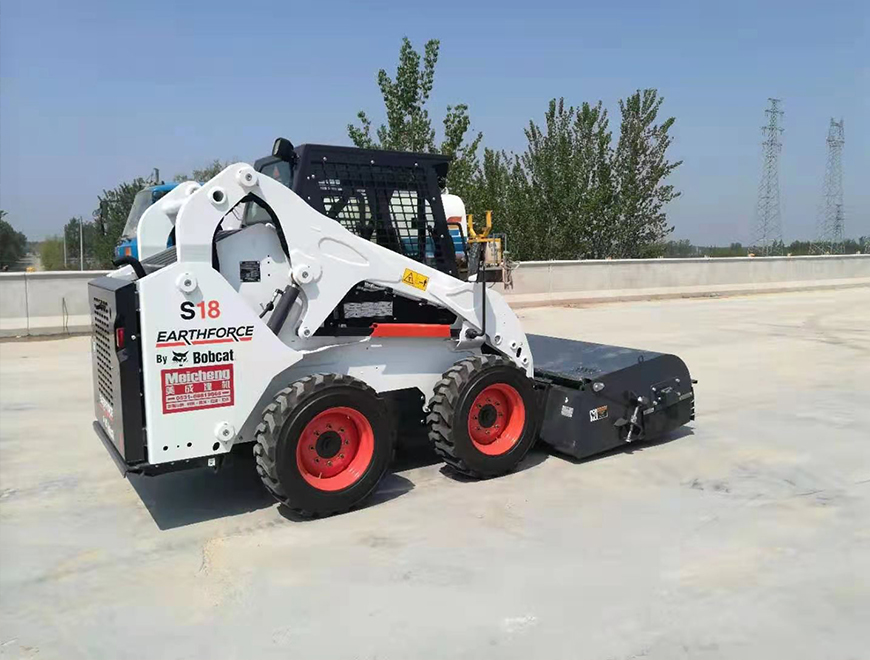
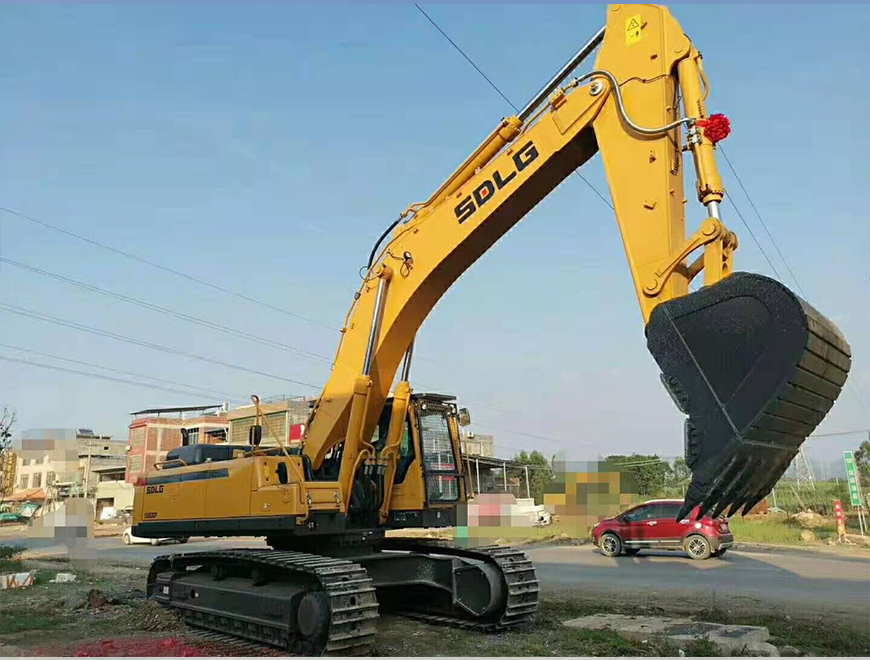
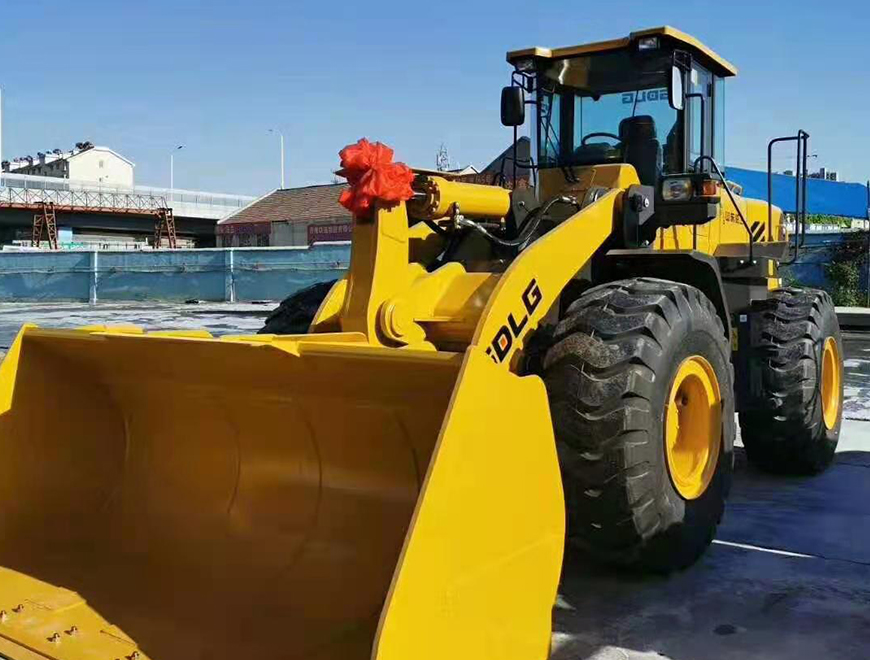
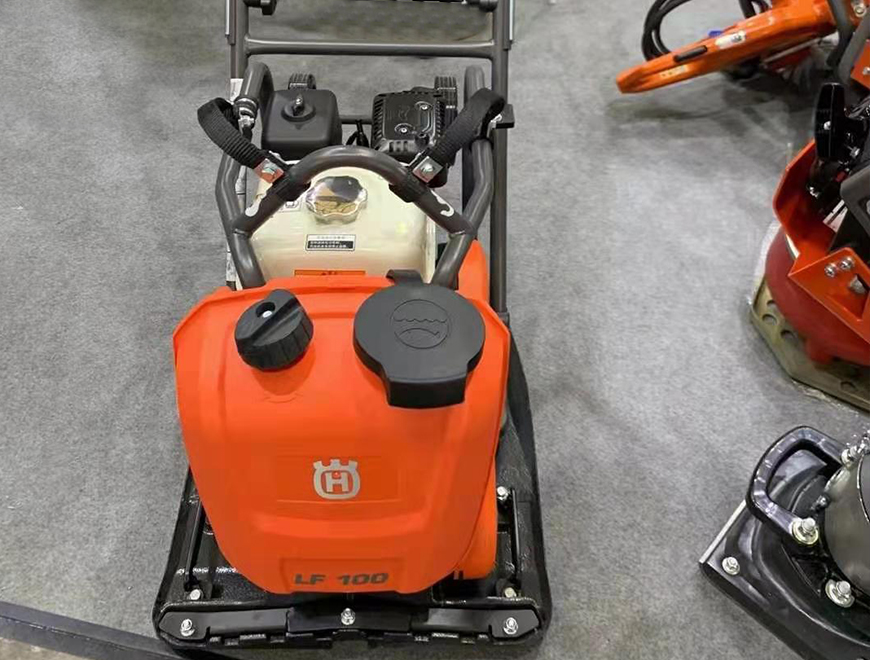
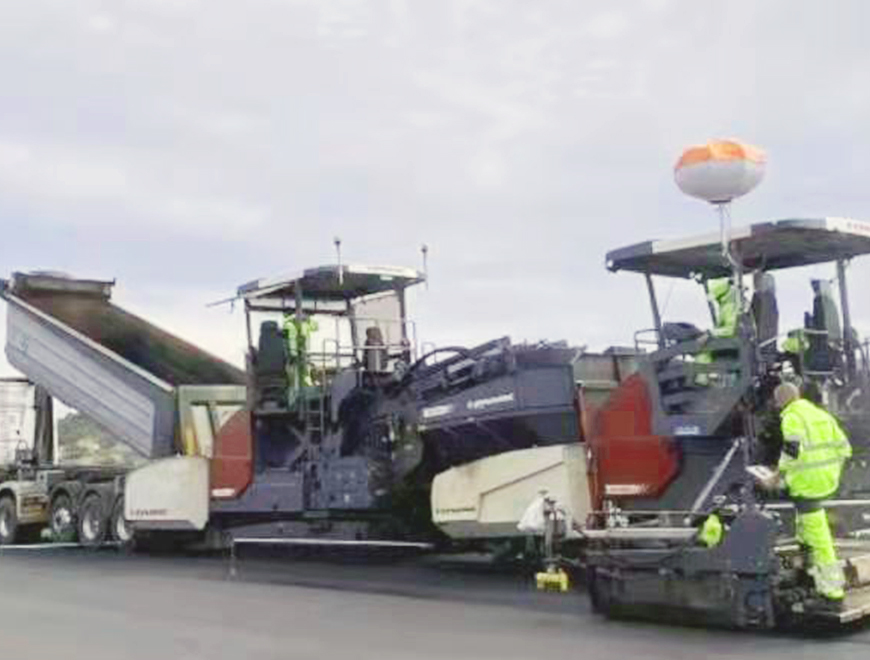
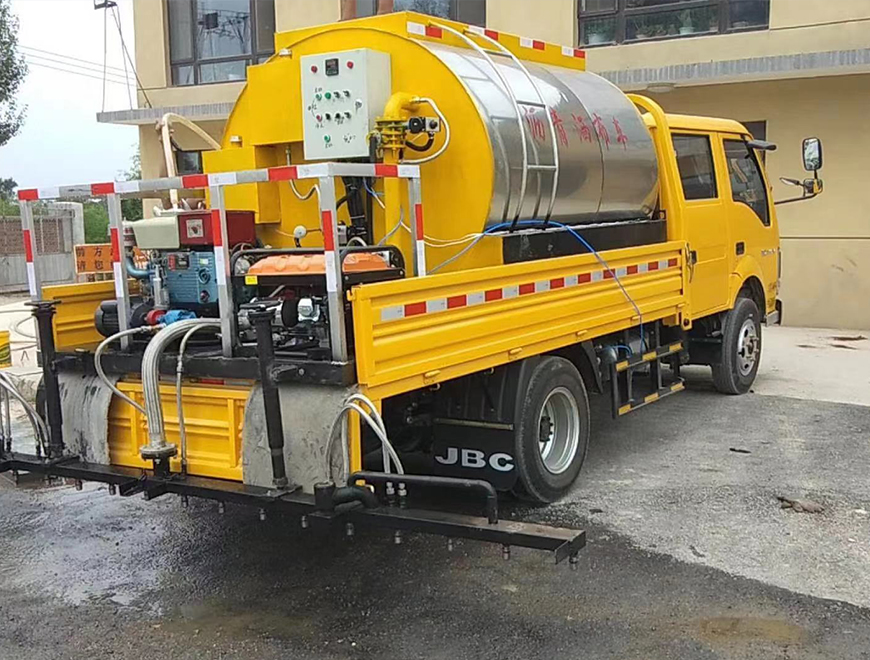
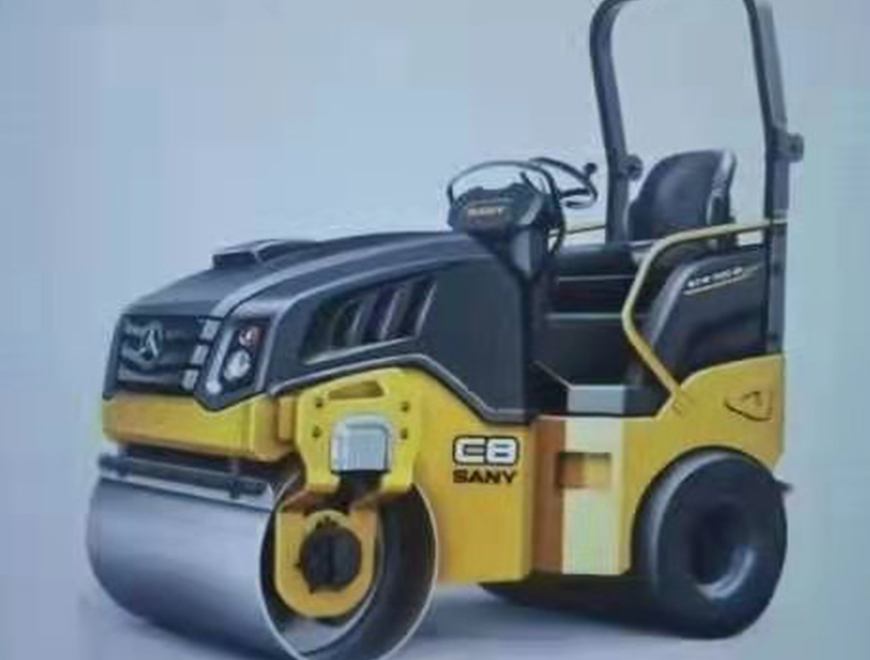
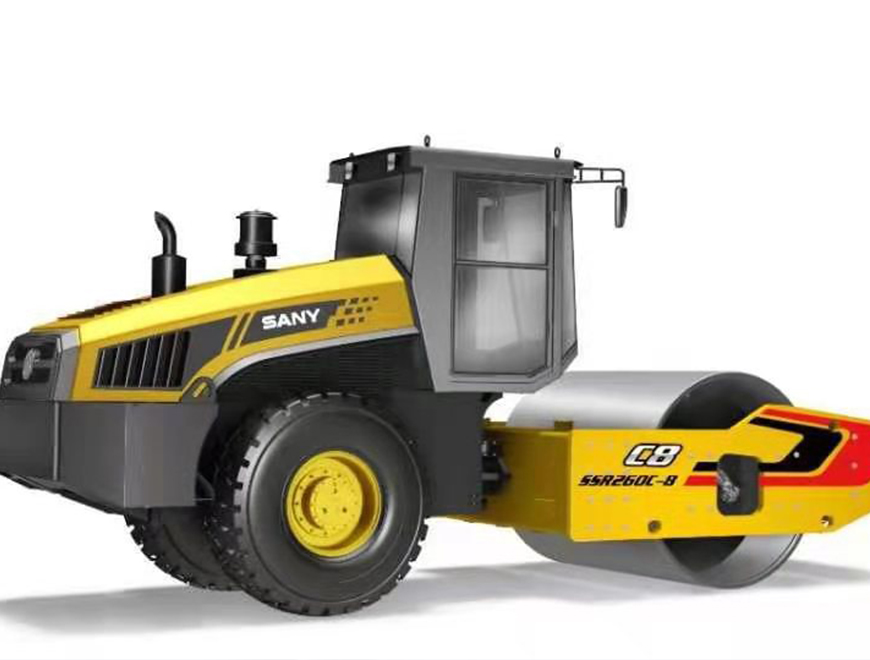
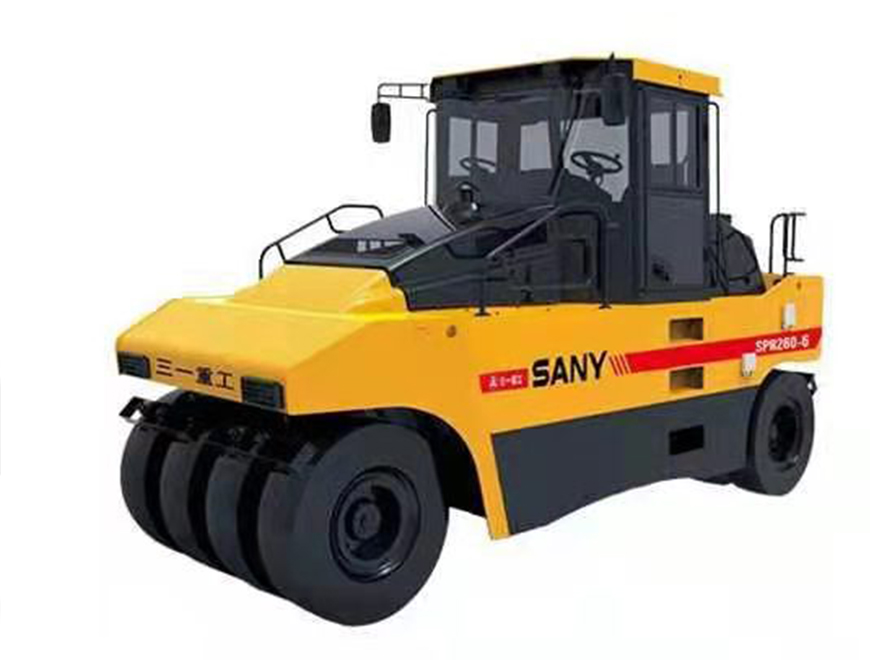
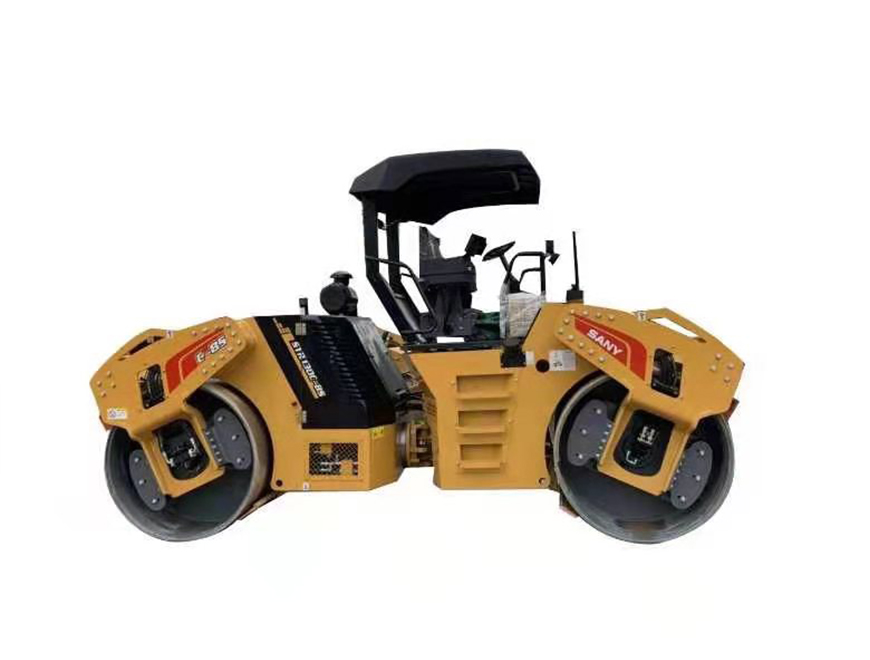
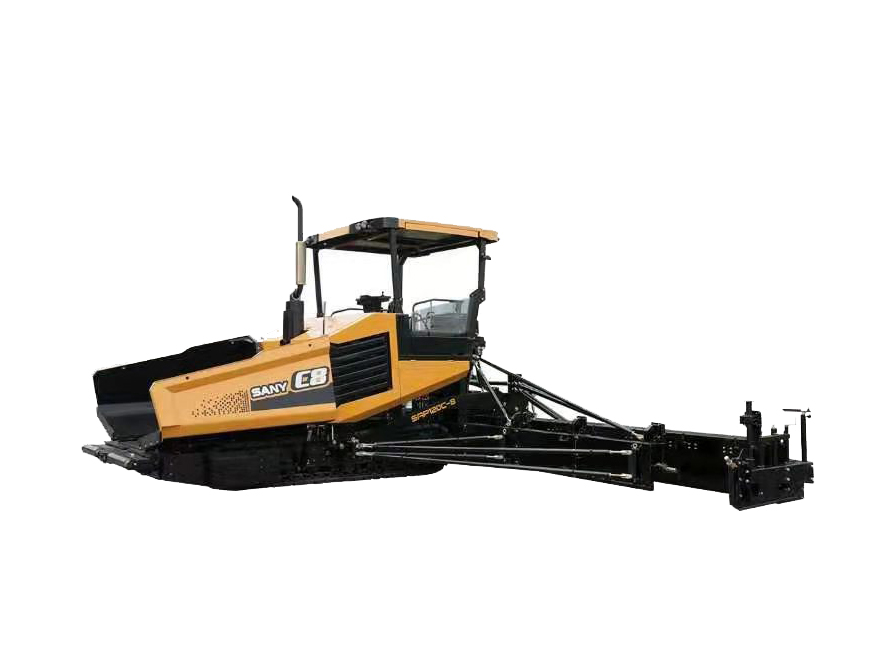
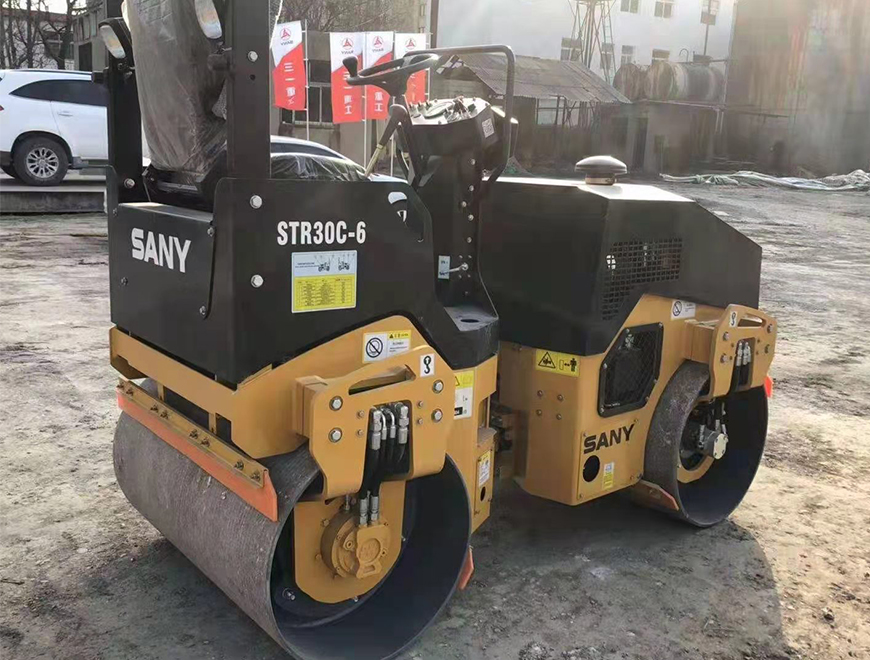
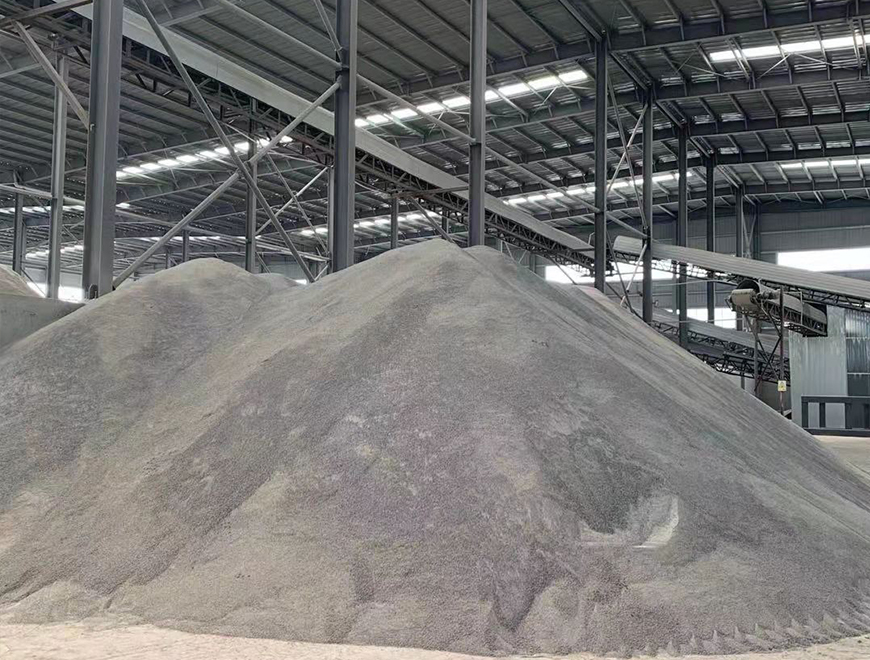
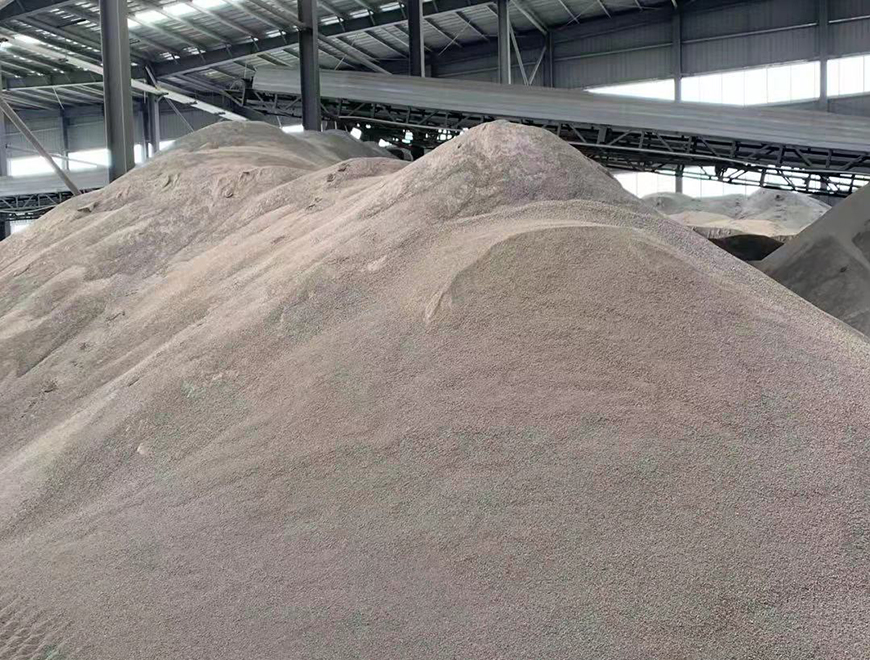
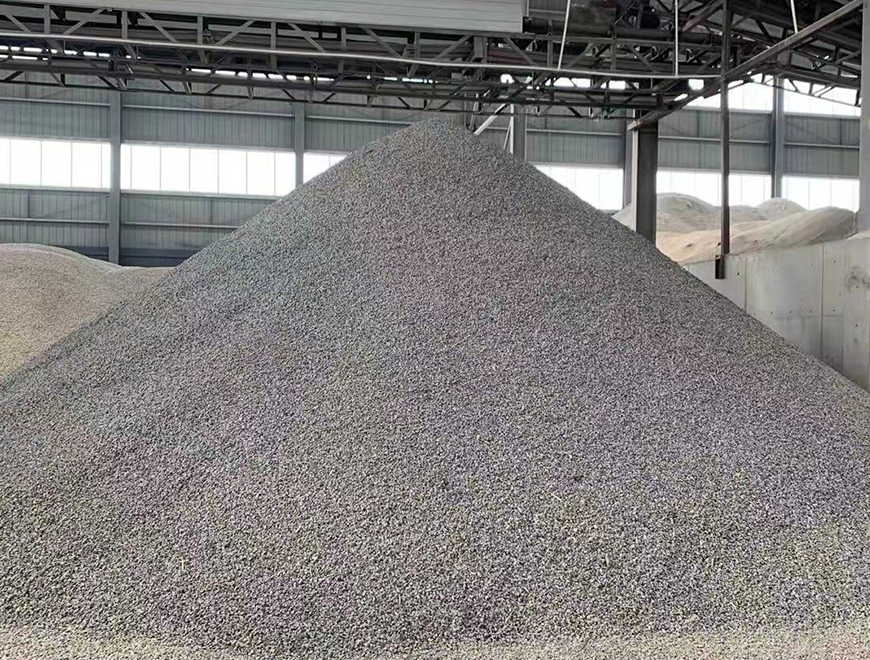
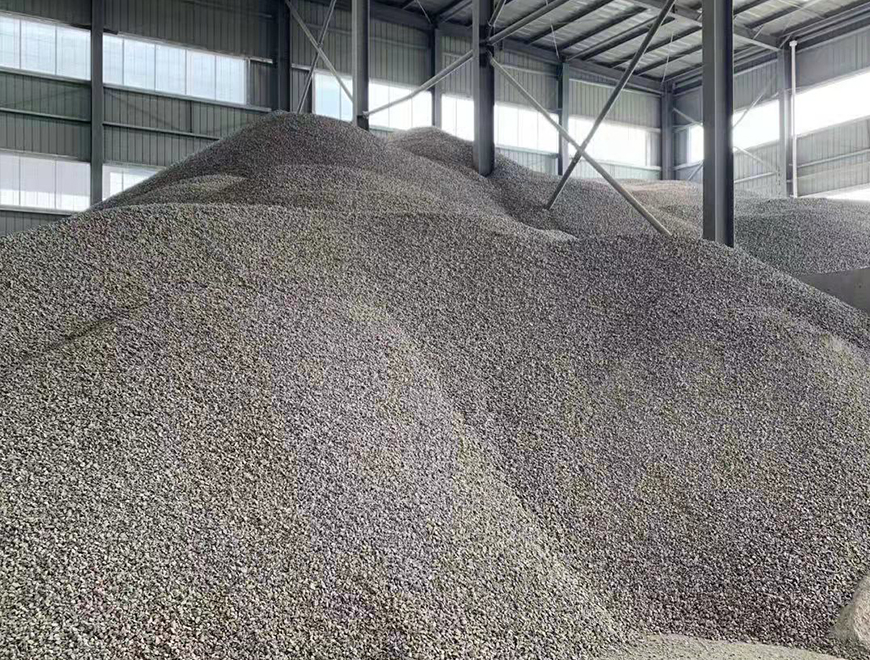
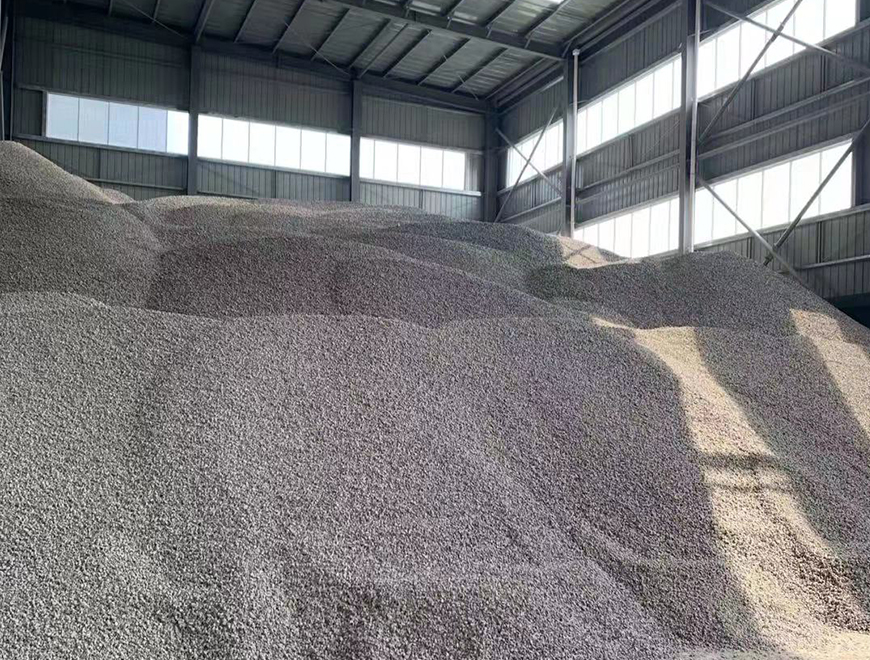
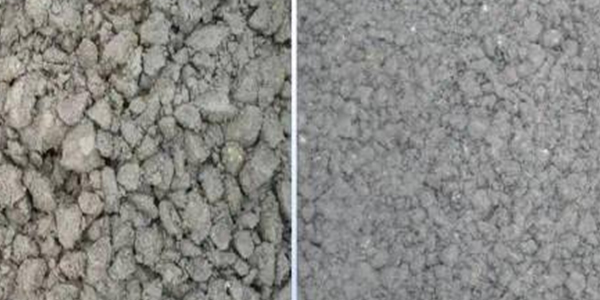
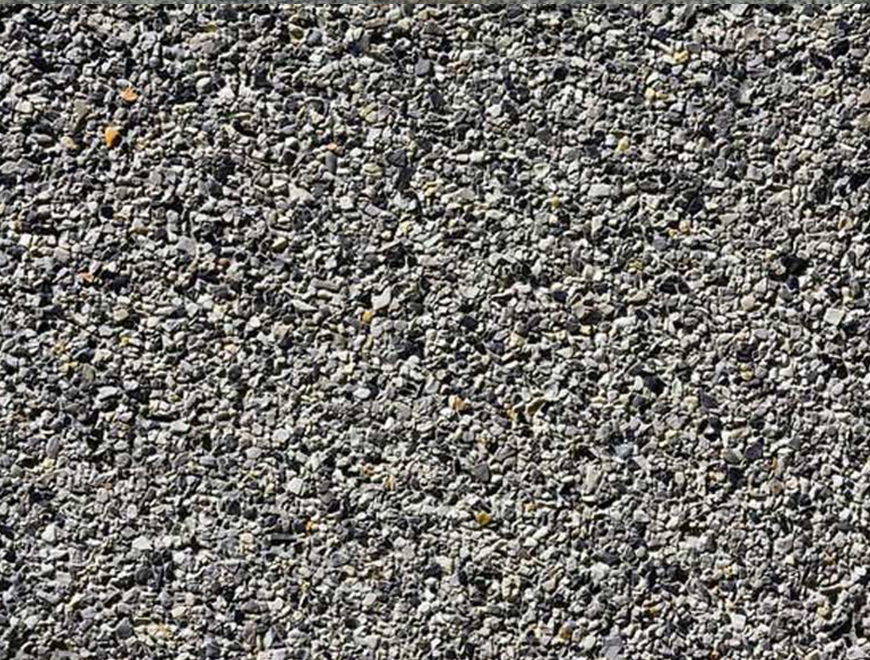





 公司地址:济南市商河县贾庄镇民营经济创业园
公司地址:济南市商河县贾庄镇民营经济创业园 公司名称:永诚广建公路材料(山东)有限公司
公司名称:永诚广建公路材料(山东)有限公司  备案号:
备案号: